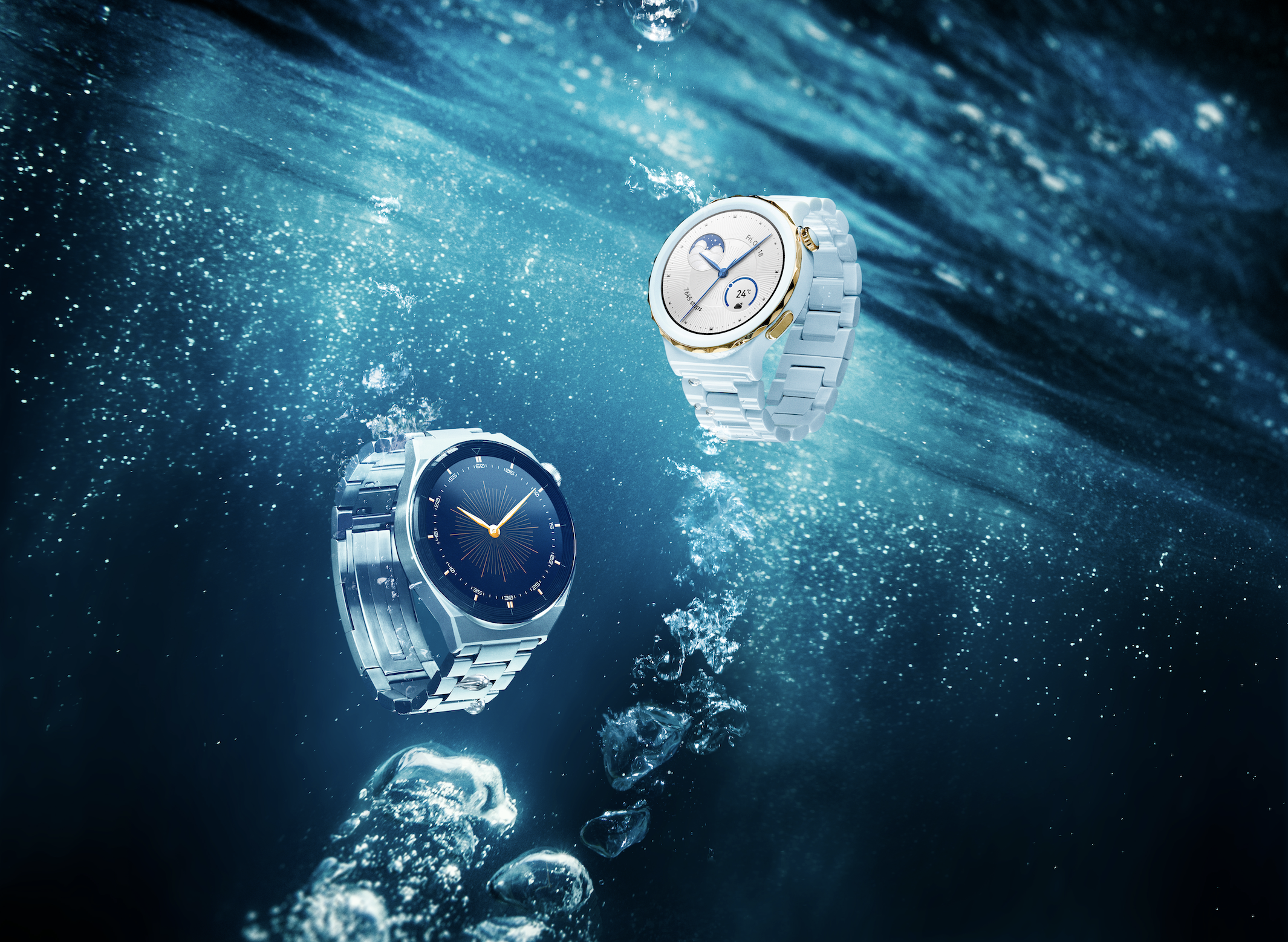Content will continue after the ad
Advertising
–
Sapphire – a manifestation of endurance
In general, the glasses used in watches can be divided into three groups: sapphire crystal, mineral glass and hesalite glass, which are very rarely used today. The most significant differences are visible in the degree of hardness, which in turn affects the quality of glass in the long run.
Hesalite glass was a widely used material about 70 years ago due to its elastic properties. Today, however, mineral glass is widely used, which is very similar to window glass. Nowadays, this material is made more resistant to scratches by special production processes – the so-called tempered mineral glass. Currently, the most durable glass material for watches is sapphire glass, which is not really glass at all, but a product made from high-purity synthetic alumina. Due to the high hardness of sapphire crystal, only a few materials such as diamond can scratch it.
“Huawei has been using sapphire glass in its prestigious smartwatches for some time to protect wearers from wear and tear, while maintaining easy screen control. Thanks to the properties of the sapphire crystal material, the new Huawei Watch GT 3 Pro smartwatches use in the sensor part of the back cover to ensure better light penetration and more accurate heart rate monitoring, “explains”Huawei ‘s product training manager Mikus Tilles.

Lightweight and comfortable titanium
Due to its lightness, hardness, resistance to high temperatures and corrosion, as well as hypoallergenicity, titanium is widely used in aviation and similar high-tech fields. This material is also becoming more common in smartwatches, as it is difficult to scratch due to its hardness and ensures longer quality.
“Since the smartwatch is always on hand – tightly attached to the skin – it is important that it does not cause unpleasant reactions and irritations to the wearer’s skin.” The charm of titanium also lies in its lightness – smart watches made of this material do not bother with heavy feeling or friction, so it will be comfortable in every everyday situation.Another plus of titanium material is corrosion resistance, which means that during intense training sweat will not affect the quality of the material, “says the expert.
The amazing variety of ceramics
Ceramics are usually associated with the fragility of dishes, but with special processing technologies this material becomes a truly hard and scratch-resistant material that is widely used in the manufacture of various devices. Ceramics is a material that was widely studied for the development of watches only 50 years ago. Unlike metals such as steel and gold, ceramics are very hard and resistant to the sun’s ultraviolet rays. Ceramics are also very light and skin-friendly, as they do not contain metals.
“Ceramics are becoming an increasingly popular material and are included in the back of almost all Huawei smart watches for better health perception. In contrast, the entire body and strap of the 43 mm version of the Huawei Watch GT 3 Pro are made of white ceramic. Due to its ceramic properties, it The processing is very complex – it takes 10 days and includes 13 grinding and polishing processes to achieve a smooth and shiny result.Thanks to several well-thought-out production steps, the new smart watch is similar to the classic prestigious watches, which will serve as both a tasteful fashion accessory and a reliable smart watch. assistant, “points out Mr Tillers.
–



